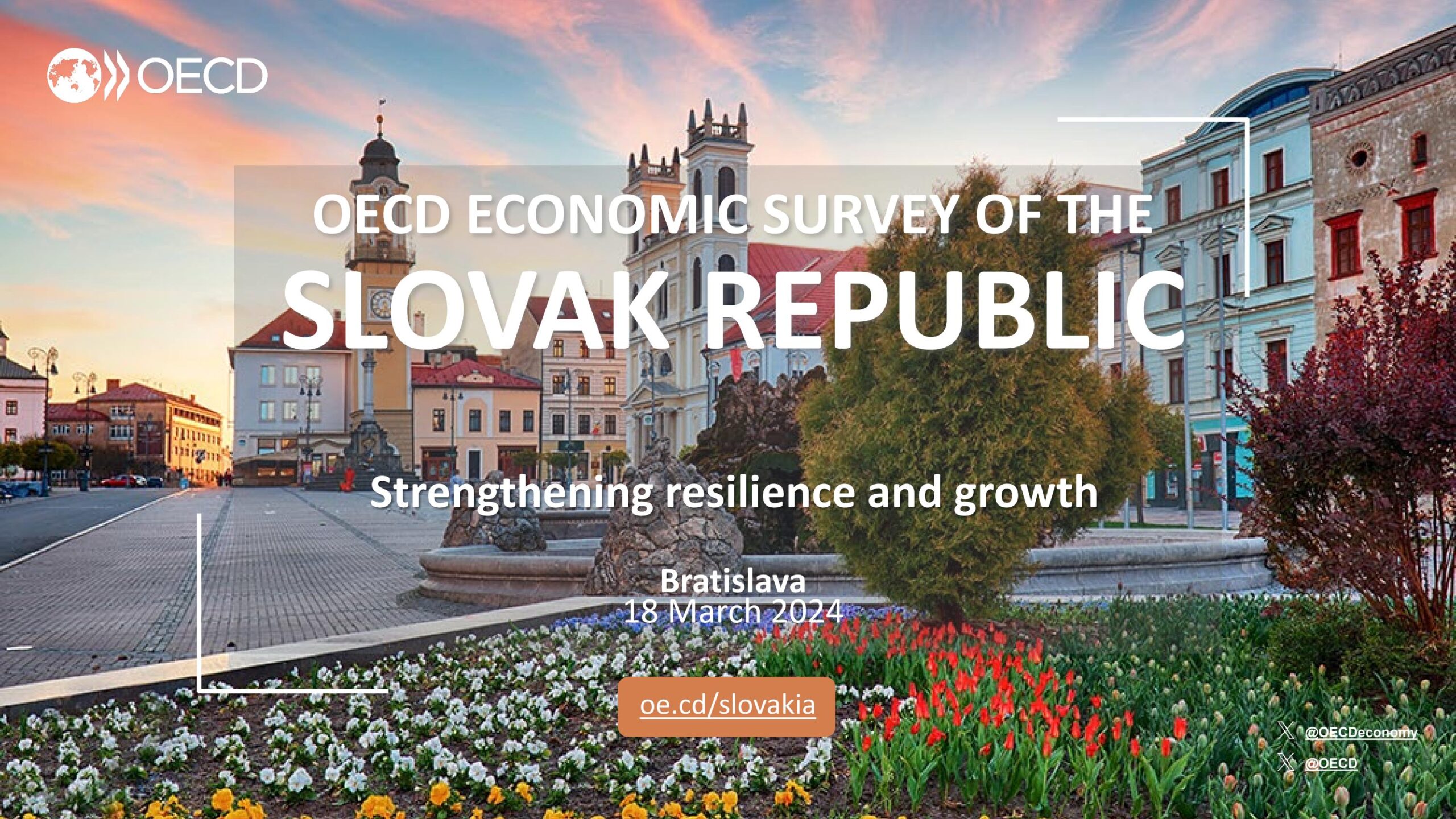As Slovakia navigates the complexities of a rapidly evolving global economy, the government has unveiled an ambitious tax strategy aimed at fostering innovation and driving economic growth by 2025. This comprehensive plan seeks to create a more dynamic business environment, attract foreign investment, and ensure sustainable development. By focusing on novel policies and strategic fiscal reforms, Slovakia aims to position itself as a competitive player on the international stage.
Slovakia’s 2025 Tax Strategy: A Vision for Growth
Slovakia’s 2025 Tax Strategy is designed to catalyze economic growth through a series of carefully crafted fiscal policies. Central to this vision is the reduction of corporate tax rates, aimed at making Slovakia an attractive destination for both domestic and international businesses. By lowering the tax burden on companies, the government hopes to stimulate investment in key sectors, including technology, manufacturing, and renewable energy, thereby creating jobs and boosting economic output.
Another critical component of the strategy is the simplification of the tax code. The Slovak government recognizes that a complex and cumbersome tax system can be a significant barrier to business operations and growth. To address this, the new strategy includes measures to streamline tax regulations, reduce bureaucratic red tape, and enhance transparency. These changes are expected to improve compliance, reduce administrative costs, and create a more business-friendly environment.
The strategy also places a strong emphasis on supporting small and medium-sized enterprises (SMEs), which are often the backbone of the economy. By offering targeted tax incentives and support programs, Slovakia aims to nurture innovation and entrepreneurship within the SME sector. This approach not only encourages economic diversification but also ensures that the benefits of growth are widely distributed across different segments of society.
Innovative Policies to Drive Economic Expansion
Innovation is at the heart of Slovakia’s 2025 Tax Strategy, with a range of policies designed to foster a culture of creativity and technological advancement. One of the key initiatives is the introduction of tax credits for research and development (R&D) activities. By providing financial incentives for companies to invest in R&D, the government aims to spur innovation, drive productivity gains, and enhance the global competitiveness of Slovak businesses.
In addition to R&D tax credits, the strategy includes provisions for the development of innovation hubs and technology parks. These facilities will serve as incubators for startups and emerging tech companies, offering them access to state-of-the-art infrastructure, mentorship, and funding opportunities. By creating ecosystems that support innovation, Slovakia hopes to attract top talent and encourage the growth of high-tech industries, such as artificial intelligence, biotechnology, and advanced manufacturing.
The government’s commitment to digital transformation is also evident in its tax strategy. Recognizing the importance of a robust digital economy, Slovakia is set to introduce tax incentives for businesses that adopt digital technologies and practices. This includes support for digital infrastructure development, such as broadband expansion and cybersecurity enhancements. By facilitating digitalization, the strategy aims to increase efficiency, reduce costs, and open new avenues for economic growth.
Slovakia’s 2025 Tax Strategy represents a forward-thinking approach to economic development, emphasizing innovation, simplification, and support for businesses of all sizes. By implementing these strategic fiscal reforms, the government aims to create a more vibrant and competitive economy capable of thriving in the global marketplace. As the strategy unfolds, it will be crucial to monitor its impact and make necessary adjustments to ensure that Slovakia remains on a sustainable path to growth and prosperity.
